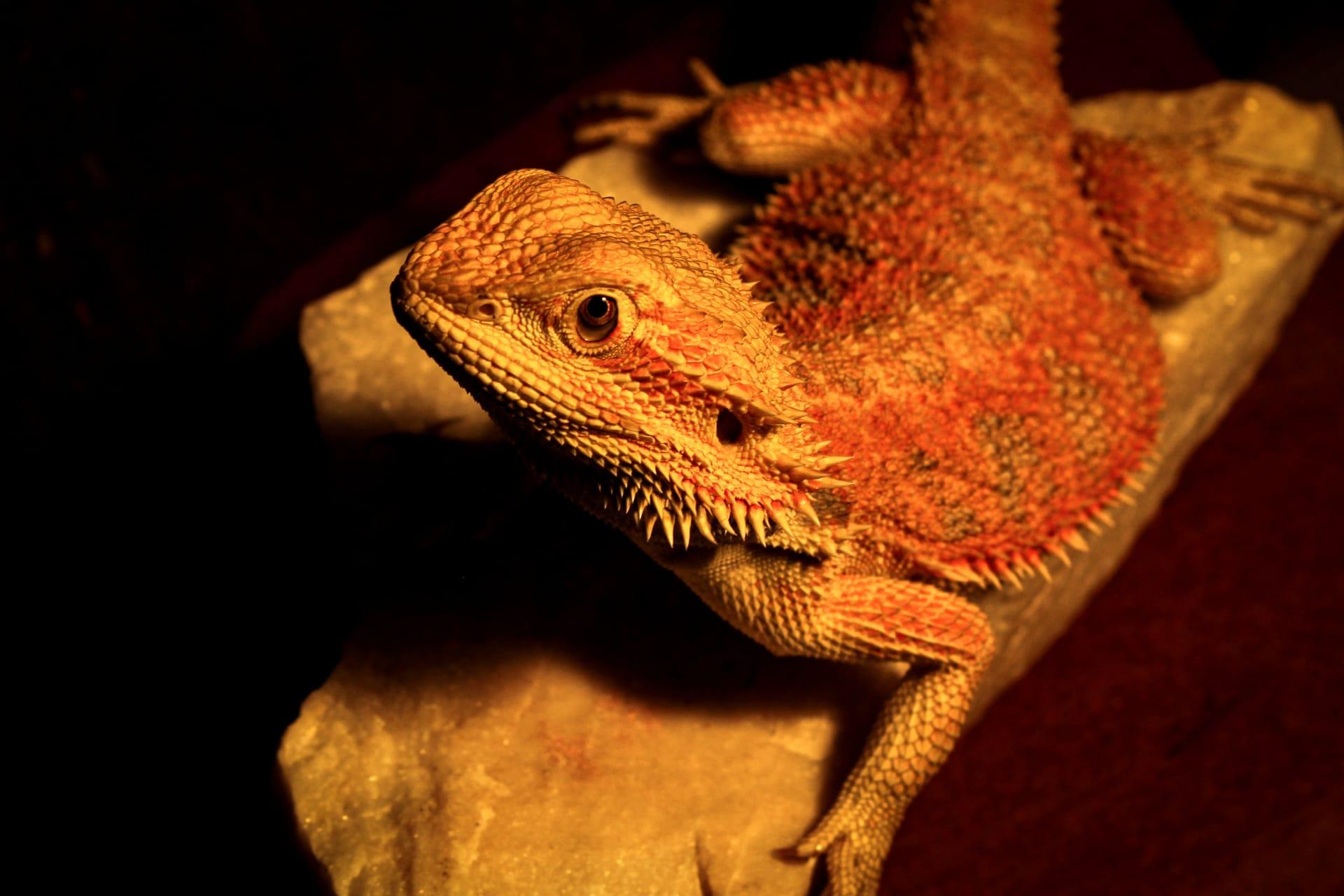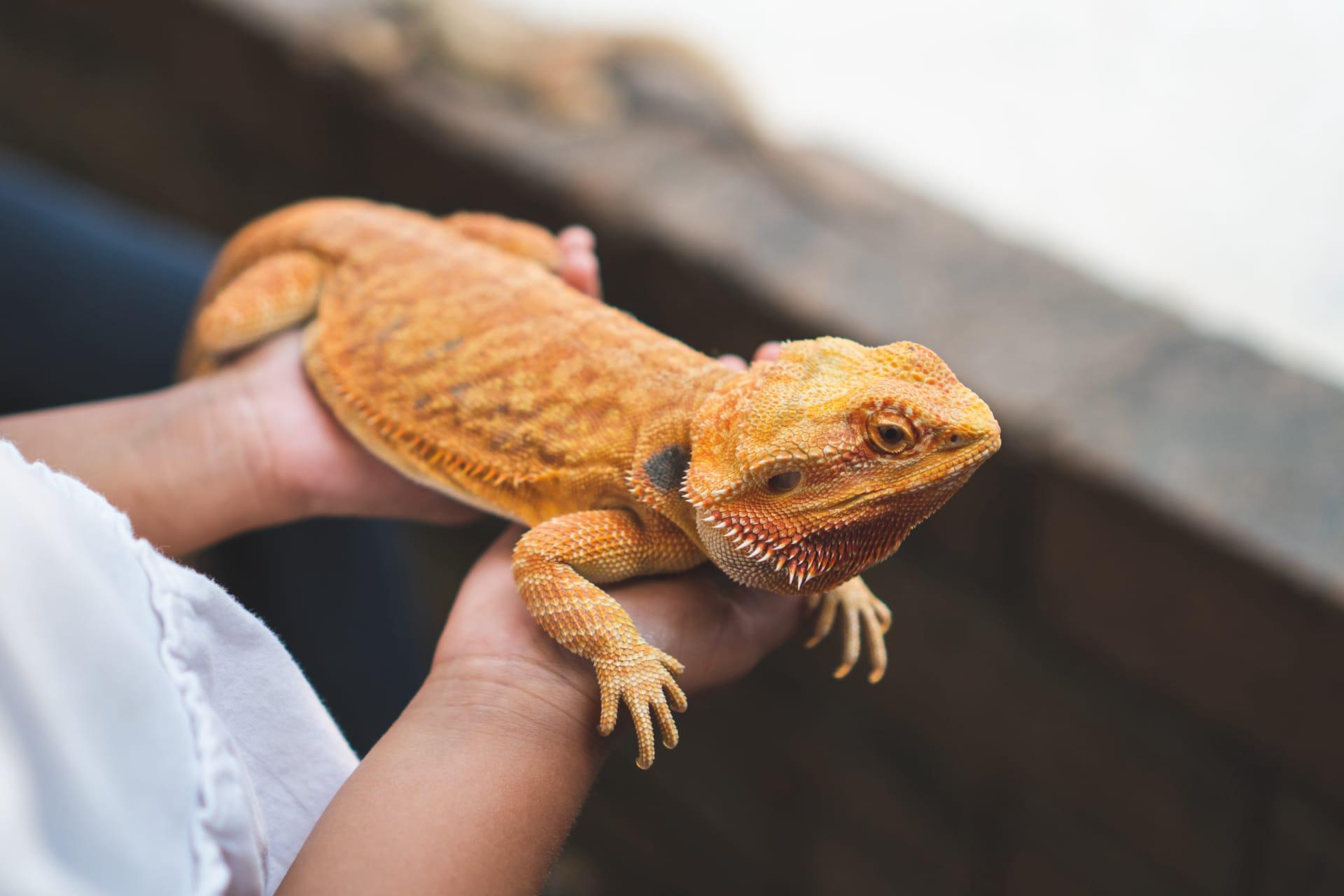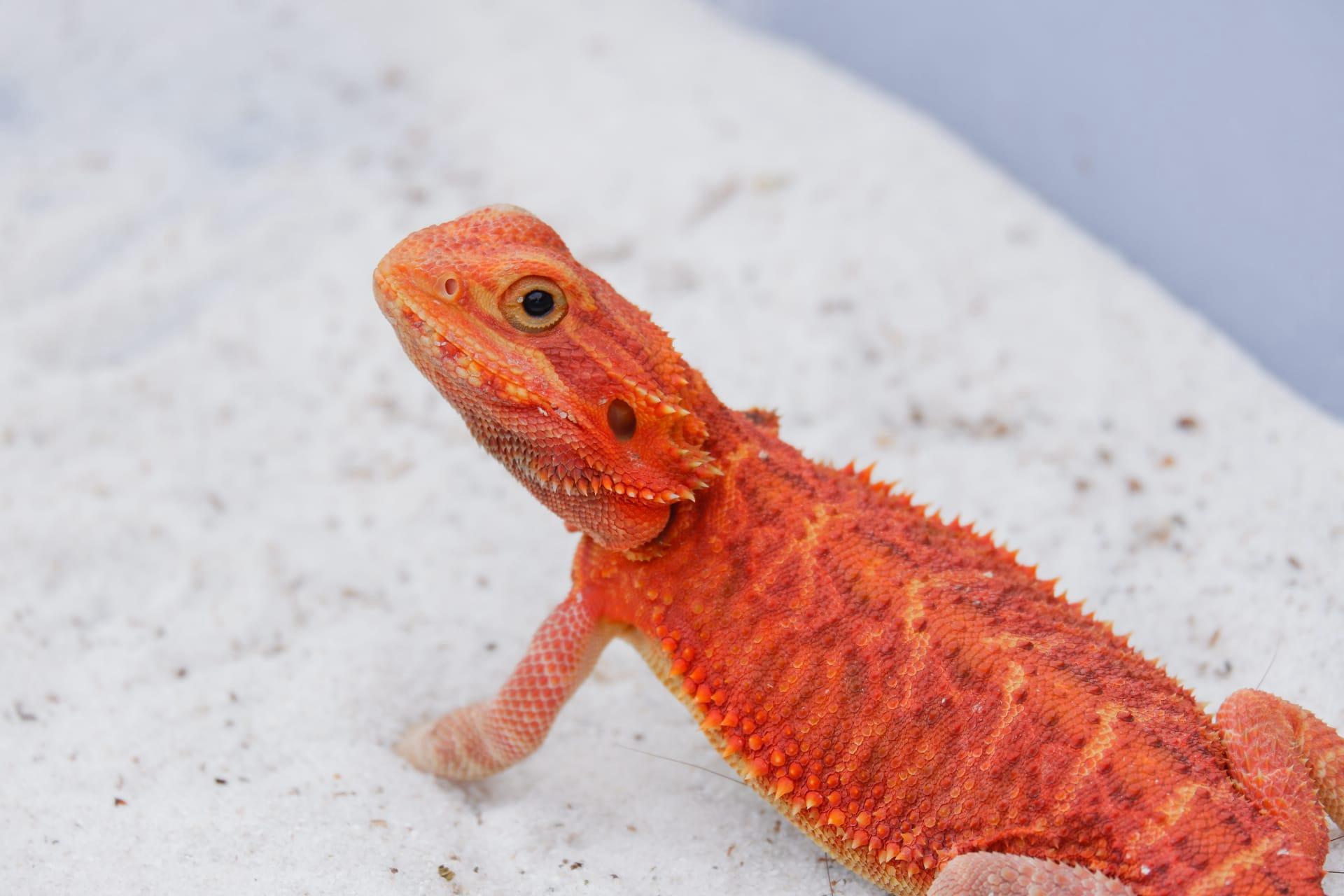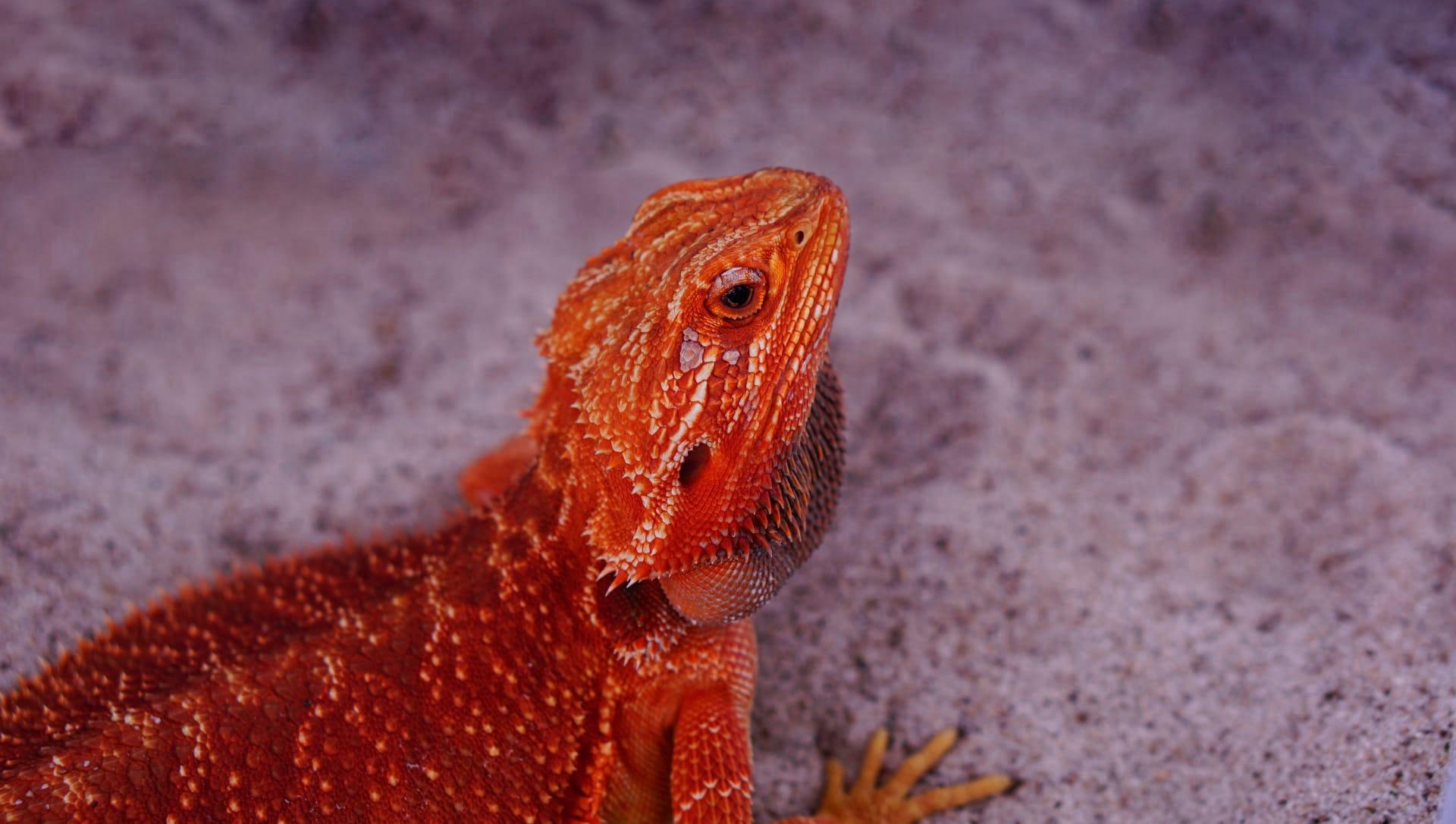1
Did you know that Red Bearded Dragons can change the color of their beard? This remarkable ability is not just for show. When they feel threatened or want to assert dominance, their beard darkens, sometimes turning jet black. This visual signal is a clear warning to predators and rivals. It's fascinating to note that the color change is due to specialized cells under their skin called chromatophores, which expand or contract to alter the dragon's coloration. Imagine having a mood ring for a beard!
Another intriguing fact about these creatures is their wave-like arm gesture, often mistaken as a friendly hello. In reality, this behavior is a form of submission or acknowledgment of another dragon's dominance. Smaller or younger dragons typically demonstrate this to larger, more dominant dragons. It's a peace-keeping mechanism in their social interactions, helping to prevent conflicts and establish hierarchy within their groups. Watching a Red Bearded Dragon perform this subtle yet significant gesture can be quite an enchanting sight!

2
Red Bearded Dragons have a unique way of cooling down: they gape. This means they open their mouths wide, much like a dog panting, to release excess heat. It's a thermoregulatory behavior that helps them maintain an optimal body temperature in their hot, arid habitats. This gaping not only helps in cooling but also makes them look more intimidating to potential threats. So, when you see a Bearded Dragon with its mouth agape, it's not just catching flies – it's cleverly managing its body temperature.
These lizards are also excellent climbers and spend a significant amount of time perched on branches, rocks, or even in bushes. They have strong limbs and sharp claws designed for climbing and holding onto surfaces. This high vantage point serves two purposes: it allows them to bask in the sun, crucial for their thermoregulation and digestion, and it provides a lookout for predators and prey. Observing a Red Bearded Dragon skillfully navigate its way up a tree or rock can be quite a spectacle, showcasing their agility and adaptability to their environment.

3
Did you ever wonder how Red Bearded Dragons hydrate in their dry habitats? Interestingly, they can absorb water through their skin, specifically through the vent area (the base of their tail). In the wild, they often stand in shallow water, allowing their skin to soak up moisture. This adaptation is crucial for their survival in arid environments where standing water can be scarce. It's a remarkable example of how animals evolve to thrive in challenging conditions.
Another fascinating aspect is their diet versatility. Red Bearded Dragons are omnivores, meaning they eat both plants and animals. Their diet includes insects like crickets and mealworms, vegetables, fruits, and occasionally small rodents or lizards. This varied diet is not just a matter of preference; it's essential for their health, providing a balanced mix of proteins, fats, and vitamins. In captivity, their diet needs to mimic this variety to keep them healthy and happy. Watching a Red Bearded Dragon hunt and eat is a glimpse into their complex dietary needs and behaviors.

4
When it comes to reproduction, Red Bearded Dragons are fascinating. They lay multiple clutches of eggs in a single breeding season. A female can lay between 11 to 30 eggs per clutch and may produce up to nine clutches in a season if conditions are favorable. This high reproductive rate is a survival strategy, compensating for the high mortality rate of eggs and hatchlings due to predators and environmental factors. The mother buries her eggs in sand or soil, where they incubate for about 60 to 80 days before hatching.
Communication in Red Bearded Dragons is not just limited to visual displays. They also use a variety of body language cues and behaviors to interact with each other. For instance, they nod their heads vigorously to show dominance or to court a potential mate. This head-bobbing can vary in speed and intensity, depending on the message they want to convey. These subtle yet complex communication methods are crucial for their social interactions and survival, reflecting the depth and intricacy of their behavioral patterns.

5
Ever noticed the spiky appearance of Red Bearded Dragons? These spikes might look dangerous, but they're actually quite soft. These are not defensive spikes; instead, they're more for show, part of their unique appearance. The spikes help them blend into their surroundings, providing camouflage against predators. When threatened, they puff up their bodies, making these spikes appear more prominent and themselves larger and more intimidating.
Red Bearded Dragons have a slow metabolism, which plays a vital role in their survival in harsh environments. They can go for long periods without food, relying on fat reserves stored in their bodies. This ability is especially beneficial during times of food scarcity or when brumating (a form of hibernation) in cooler temperatures. Their diet in captivity must be carefully managed to avoid obesity, considering their low-energy lifestyle and tendency to store fat. This adaptation showcases their resilience and ability to thrive in various conditions, making them a remarkable species to study and observe.